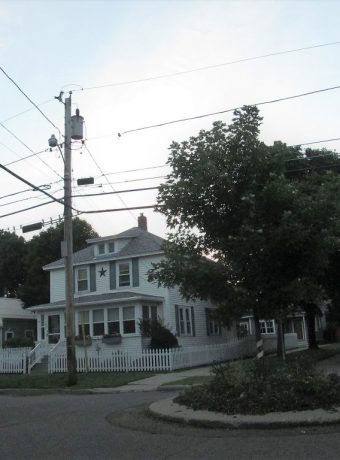Tomorrow is town meeting day and as usual we vote on the school budget. For our town, Burlington, we are being asked to approve a $91,525,288 budget with a 7.4% increase. The text of the ballot item is below:
1. APPROVAL OF SCHOOL BUDGET FOR FISCAL YEAR 2021 – “Shall the voters of the school district approve the school board to expend $91,525,288 which is the amount the school board has determined to be necessary for the ensuing fiscal year? It is estimated that this proposed budget, if approved, will result in education spending of $16,920.53 per equalized pupil. This projected spending per equalized pupil is 5.66% higher than spending for the current year.”
However, if you grab the student population from the 2019 annual report which is 3565 and divide the $91,525,288 by that, you get $25,673/pupil/year.
I’m sure there’s some fluctuation in the school population, but this number should be much more accurate than the $16,920.53. Having spoken with school board members in the past about this they have admitted that there are many ways to get a per pupil spending number to reach the goals you wish to achieve. I assume the student population isn’t expected to increase 1844 students by next year or 52% from 2019 numbers?
As voters you must watch out for this manipulations of the numbers. As a voter, you need to decide if this a good deal or not.
When comparing to private schools in Burlington, the number seems high. For example, Christ the King tops out at $6,460/year and Rice is $11,200/year. Averaging them gives you $8,830/pupil/year. That’s only 34% of Burlington school’s per pupil spending. There seems to be a huge gap in price here and as private schools I’m sure they need to pad the pricing a bit for any emergencies whereas the public schools have more flexibility with that, they can always put a bond on the ballot for any emergency expenses. Are Burlington schools that much better than private schools, if so why do the still exist?
In reviewing the student to ratio of Burlington, I found that that student to ratio is around 11:1, which seems quite good. Much better than when I went to school I believe. That would mean that each teacher/classroom should be bringing in revenue of $282,403/year. The average Burlington public school teacher earns $80,968/year including benefits meaning each classroom should typically net $201,435 or a 249% return per teacher. That’s pretty good! A good non-profit should have administration expenses of 15% of donations, therefore $42,360.45 could be spent per classroom/teacher to manage them and for the infrastructure. Therefore, if you believe the $80,968/year is a fair amount to pay a teacher, the total expenses to educate 11 students should be around $123,328.45. What is the $159,074/classroom/teacher being spent on or are the administration costs really 71% of the gross revenue?
It would seem that either the administration/infrastructure costs are out of line, the teachers are not getting their fair share of the revenue or the tax payers are being charged too much. Something appears to be seriously wrong with the budget/ spending.



